Developing a massive logistics infrastructure for electric vehicles in a few years?
An important infrastructure to support the conversion of "green" vehicles is to support businesses to invest in charging station business. Pursuant to Resolution 09/2023/NQ-HDND dated September 19, 2023 of the Ho Chi Minh City People's Council on interest rate support for investment projects lent by the State Financial Investment Company in priority areas for socio -economic development in the area, the Traffic Management Center proposes to support 50% of investment loan interest rates. At the same time, add charging station planning to the urban and traffic infrastructure planning; develop electric charging station infrastructure to replace gasoline; and plan the electricity infrastructure network in a synchronous manner.
Accordingly, the number of charging stations that need to be invested in the 2025-2030 period is from 750 to 1,338 stations, including 25 charging stations for electric buses. Update land use planning, prioritize public land allocation for charging points in inner-city districts and commercial centers, ensure at least every 5km there is a fast charging station in the inner city and every 10km there will be a standard charging station in the suburbs. To quickly develop the number of charging stations above, the project development unit has proposed a policy of socializing investment with preferential policies such as exempting land rent, supporting 20-30% of initial investment costs in public land areas; allowing charging stations to be arranged on the sidewalk and in public parking lots; stipulating that new public works must arrange at least 5-10% of parking spaces with electric charging support...
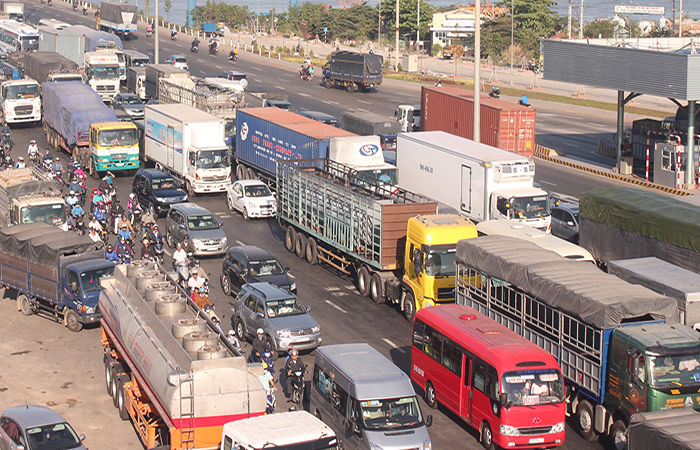
In addition to the funding issue, ensuring the infrastructure of charging stations for the above vehicle conversion roadmap is a huge amount of work and resources deployed in a relatively short time. However, the project has not yet proposed alternative solutions when the target of developing the number of charging stations is not achieved due to the power grid infrastructure not keeping up or due to difficulty in attracting investors, due to lack of land funds... Comparing the service capacity of gas stations with charging stations for electric vehicles, Mr. Quang Thanh, representative of a gasoline and oil business, said that the company has also taken into account the development trend of electric vehicles. But a car or motorbike only needs a few minutes to fill up with gas, while a car entering a charging station takes at least 15 minutes. Therefore, a charging station can serve many fewer vehicles than a gas station, so investment efficiency is also an issue that businesses must consider.
The project identifies the type of vehicle with the highest emission level after cars and personal motorbikes as trucks. With 271,700 vehicles, the distance traveled by a freight vehicle is 30,000km/year, this type of vehicle accounts for 39.9% of total emissions in traffic. The next type is passenger cars, not to mention the large fleet of disguised contract vehicles. Transport management data shows that in just 1 month, there were 700,612 trips in and out of the city's 5 inter-provincial bus stations. However, even after 2032, this type of vehicle, which mainly uses diesel and has a fairly large fuel consumption, has not been widely controlled. Because the operating corridor of trucks is mainly on national highways and expressways, where the emission control belt has not "reached".
In reality, although there are 2-3 lanes reserved for cars, National Highway 1, National Highway 22, National Highway 50, the access road to Ho Chi Minh City - Long Thanh - Dau Giay Expressway, the access road to Ho Chi Minh City - Trung Luong Expressway... are always crowded with trucks, container trucks, and passenger cars, so traffic jams often occur. Thus, the fault causing traffic jams on these routes is not due to motorbikes. The more cars on the road, the slower the speed, so the emission level of cars, especially trucks and container trucks carrying heavy goods on these routes is higher because they have to constantly accelerate and gain momentum. Therefore, in addition to relying on belt routes, expressways and national highway expansion projects, Ho Chi Minh City needs to promote investment in infrastructure for inland waterway transport within the region and between regions to reduce the load on roads.
Reduce personal vehicles from groups of residents with fixed travel routes and times
“No matter which road you take during rush hour or off-peak hours to get to the city center, you have to endure traffic jams and inhale fumes every meter you move,” is the complaint of Mr. Huy, a technology-based motorbike taxi driver. Recently, when the information about converting gasoline vehicles to electric vehicles was released, Mr. Huy couldn’t help but worry about where he would get the money to change his old gasoline-powered “fishing rod” to an expensive electric vehicle. With his years of experience in traffic jams, Mr. Huy asserted: If everyone goes out by car or personal motorbike, no matter what vehicle they change to, the city’s roads will still be jammed with traffic, if anything, the smoke will be reduced when switching to electric vehicles!
In the past summer months, when more than 1.7 million high school students in the wards and communes of Ho Chi Minh City were on vacation, the number of personal motorbikes on the roads during the early morning and afternoon rush hours was quite low. Recently, when high school students of all levels have arrived at school one after another, at only 7am, many roads were already packed with vehicles. To reduce traffic congestion during rush hours, more than 10 years ago, Ho Chi Minh City proposed the solution of "staggering shifts and staggered hours". However, due to the impact on the time parents take their children to and from school, this issue has not been effectively implemented. As for the Department of Education and Training, the implementation of staggered school hours is assigned to each school, so the time between classes is only 5-10 minutes, so it has not been effective in reducing traffic on the road. Meanwhile, in addition to the situation of studying outside the school district, due to the insufficient school network or the ranking of schools, the Department of Education and Training has implemented a very ironic route division, forcing 9th grade students to travel more than ten kilometers to study high school. Therefore, Ho Chi Minh City needs to have a mechanism to closely monitor the situation of route division forcing students to travel far, the situation of studying outside the school district through controlling the actual residence of students, especially at prestigious schools.
After the merger, the area of a ward or commune is now quite large and includes many schools of the same level. Therefore, local authorities need to strengthen supervision so that students living near a school can study at that school, avoiding the hassle of parents picking them up and dropping them off and putting pressure on rush hour traffic.
More than 20 years ago, Ho Chi Minh City implemented a policy of relocating seaports, universities, and hospitals from the inner city to the suburbs to reduce traffic congestion. Particularly for universities, the planning of the Ho Chi Minh City National University Urban Area has an area of nearly 650 hectares in the Thu Duc area. The goal of bringing universities to this area is also to create a stable number of customers for Metro Line 1. But up to now, many schools are still "staying" in the inner city area, even member universities of Ho Chi Minh City National University have "run" to open facilities along Nguyen Van Linh Street in the South. Universities in the city have a number of up to 600,000 students of all systems, this is the group that needs to be served by public transport and needs to be mobilized to travel by bus and metro. But on the contrary, even the station in the National University area of Metro Line 1 has a number of passengers many times lower than other stations.
As we reported in the previous article, the survey results on the number of daily trips of people determined by the Traffic Management Center are quite low. On average, a city resident makes 2.2 trips/day, of which 78% of daily trips are to work, then return home; followed by trips to the market, shopping. This shows that people's travel needs are concentrated on the corridors from home to work and are less spread out. In contrast to the simple travel needs above, there is a huge amount of annual subsidy for buses and when nearly half of the buses have been replaced by clean vehicles, with a rate of less than 10% of travel needs, buses are always empty. To overcome this situation, Ho Chi Minh City needs to have a widespread and effective campaign so that cadres, civil servants, public employees, and people working at state agencies and administrative units - those with fixed routes and working hours - can set an example by going to work by bus. From there, create a widespread movement of using buses in the community to reduce personal vehicles.
Mr. Nguyen Hoang Huy, Director of the new Eastern Bus Station:
A type of vehicle that puts a lot of pressure on the roads in the central and suburban areas, contributing to traffic jams and increasing emissions from traffic is passenger cars. Tourists hardly ever travel on sleeper buses or reclining seats because they need to sit and enjoy the scenery. Therefore, the city needs to completely ban these types of vehicles from entering the central area. In addition, it is necessary to re-arrange the bus routes in the direction of the vehicles going to which area to the main station of that area to ensure the function of transporting passengers from the inner city to the bus stations and train stations of public transport. Particularly, passenger cars from provinces and cities with routes running across the city need to be re-arranged so that these vehicles only run on beltways and highways.
Source: https://cand.com.vn/Giao-thong/bai-4-dau-la-giai-phap-tong-the-de-giam-xe-ca-nhan--i779312/



![[Photo] Multi-colored cultural space at the Exhibition "80 years of the journey of Independence - Freedom - Happiness"](https://vphoto.vietnam.vn/thumb/1200x675/vietnam/resource/IMAGE/2025/8/26/fe69de34803e4ac1bf88ce49813d95d8)


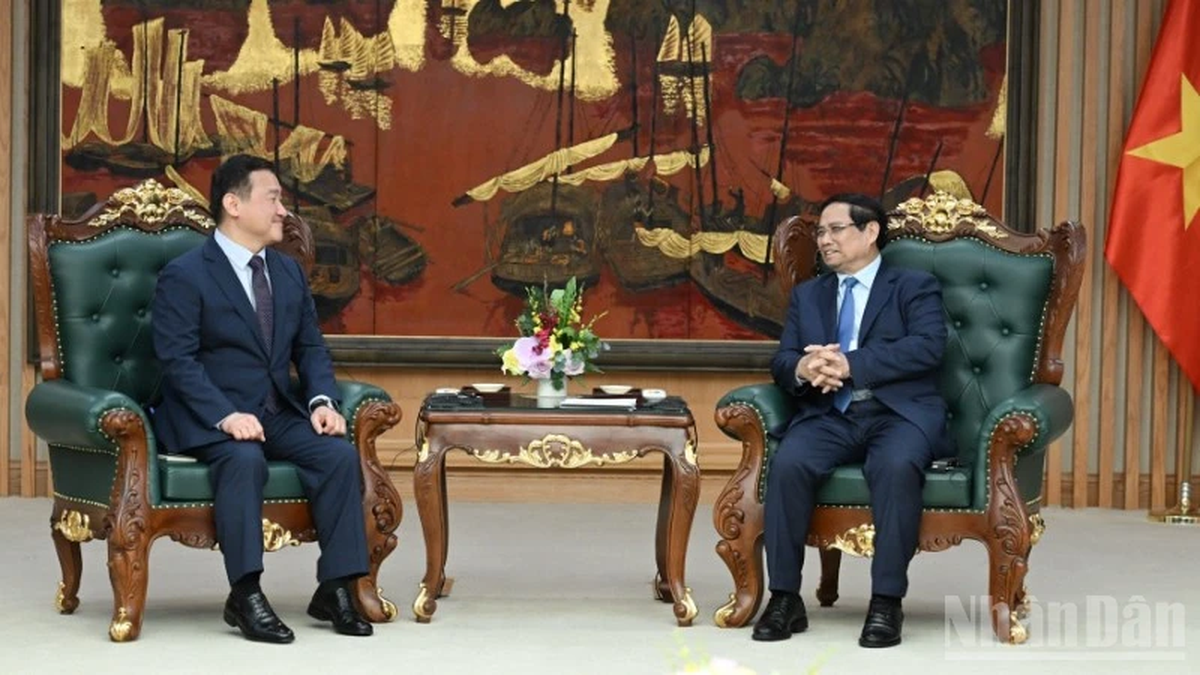
![[Photo] Prime Minister Pham Minh Chinh receives CEO of Samsung Electronics](https://vphoto.vietnam.vn/thumb/1200x675/vietnam/resource/IMAGE/2025/8/26/373f5db99f704e6eb1321c787485c3c2)
![[Photo] Prime Minister Pham Minh Chinh chairs meeting of National Steering Committee on International Integration](https://vphoto.vietnam.vn/thumb/1200x675/vietnam/resource/IMAGE/2025/8/26/9d34a506f9fb42ac90a48179fc89abb3)


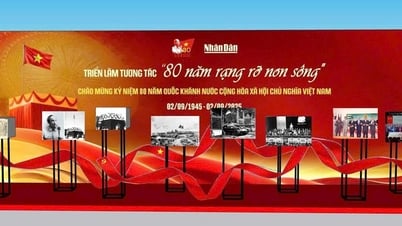

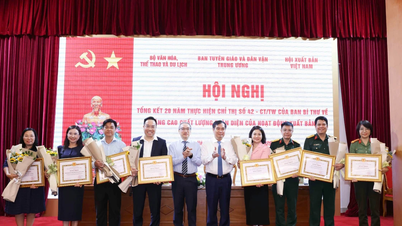

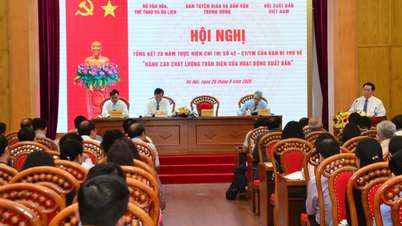








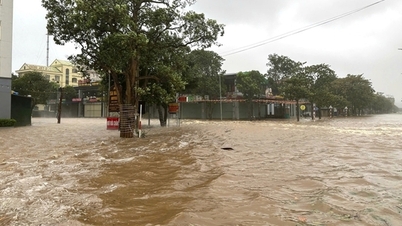
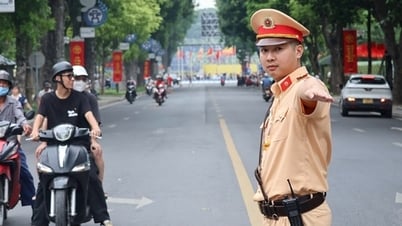

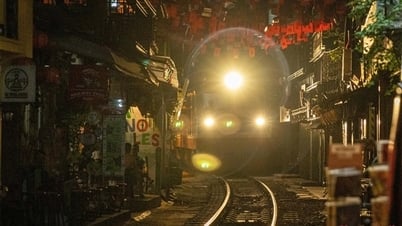
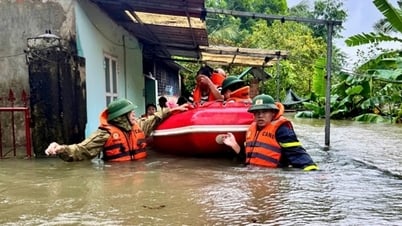
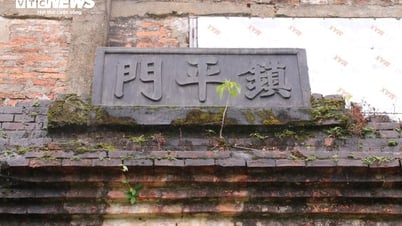





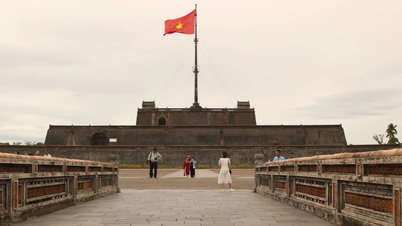

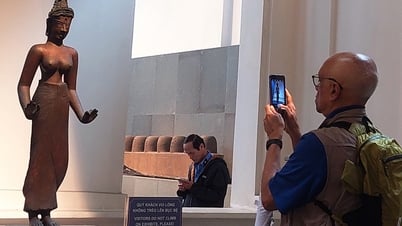










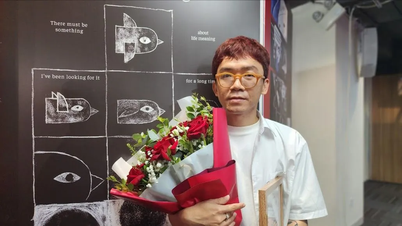
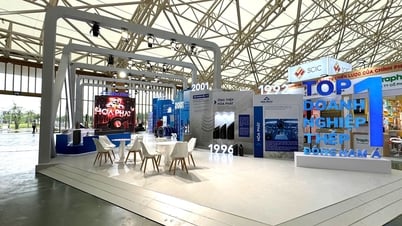

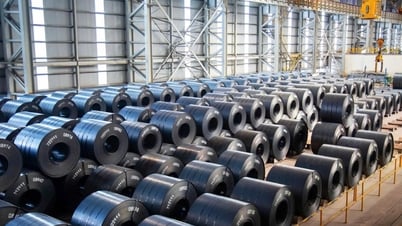


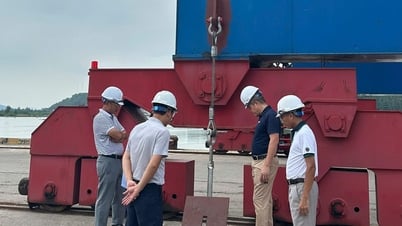



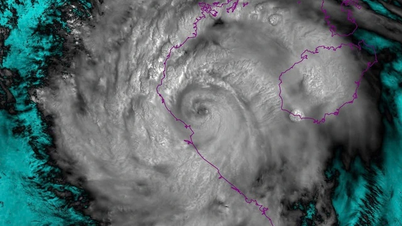





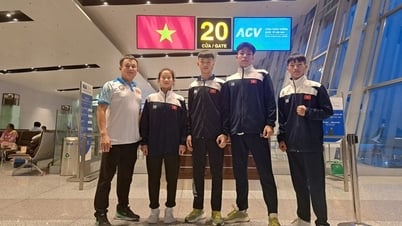

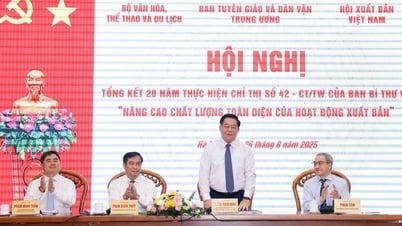


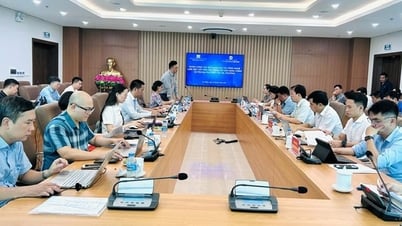
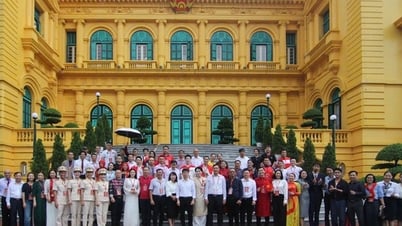
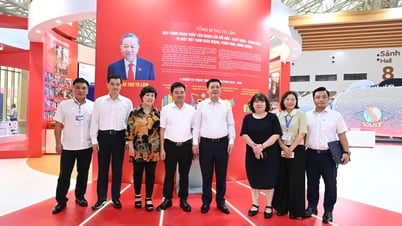

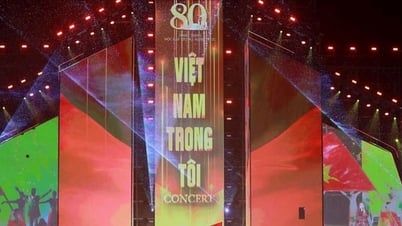





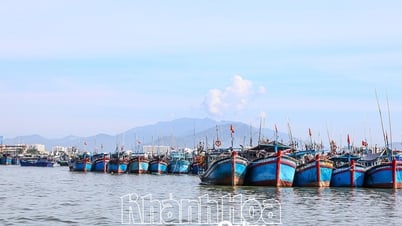
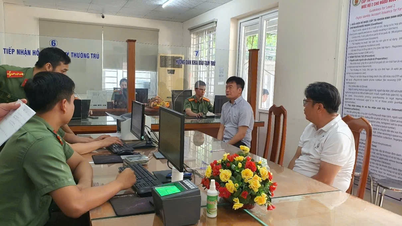





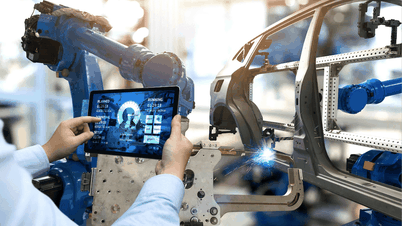










Comment (0)